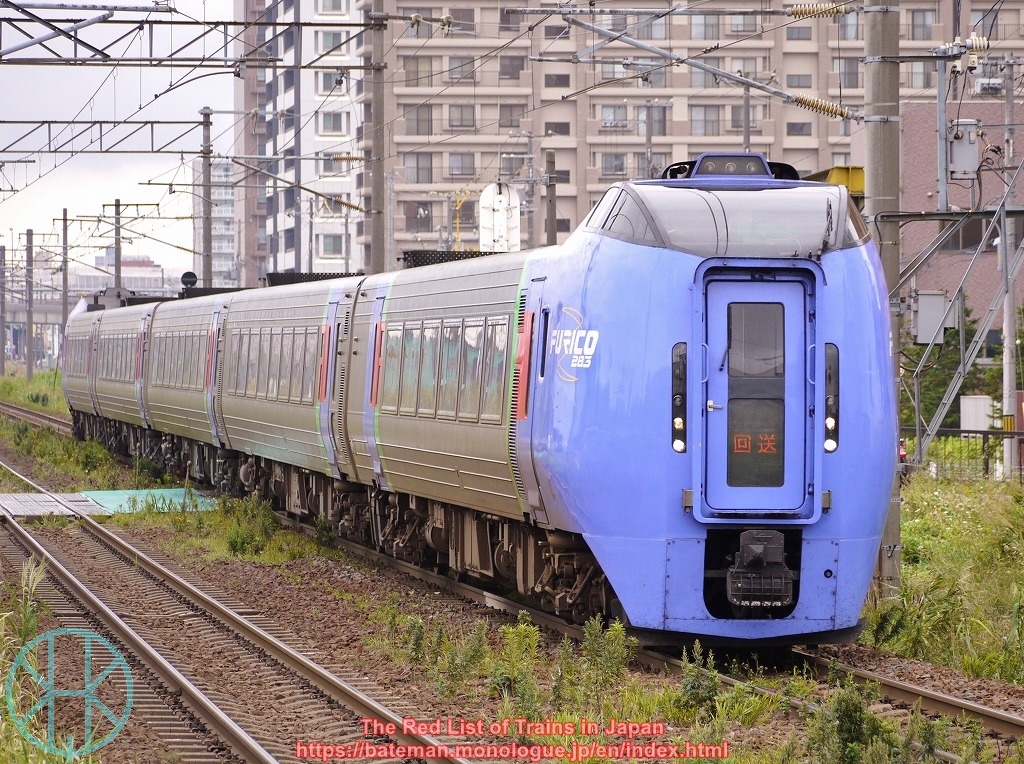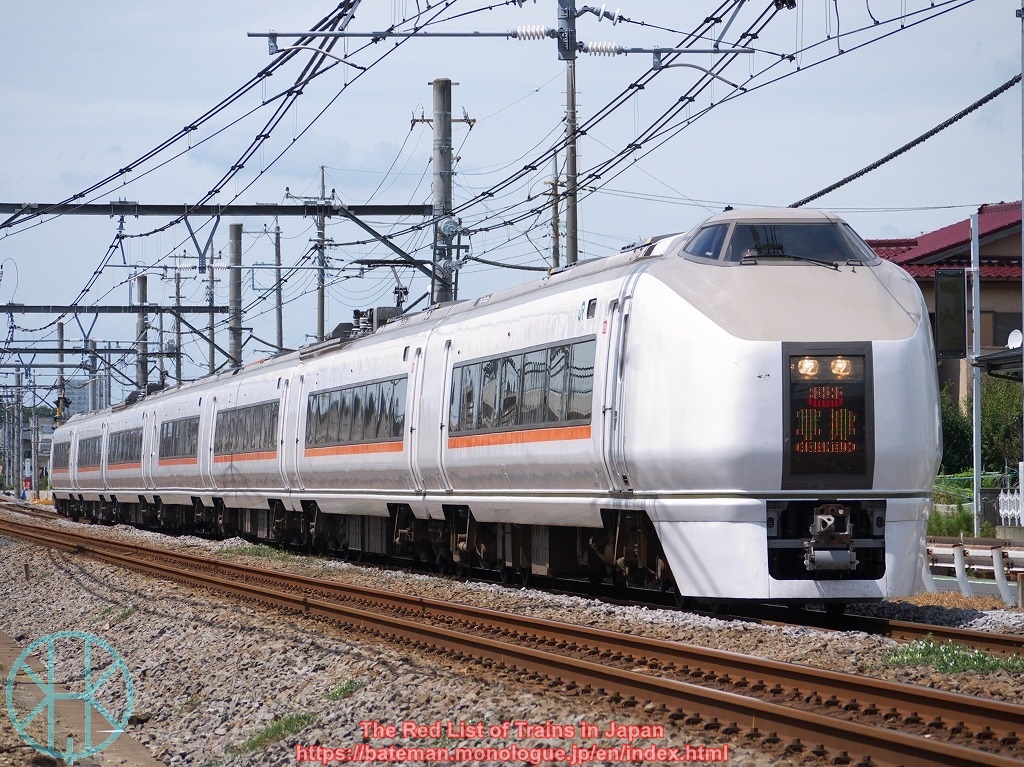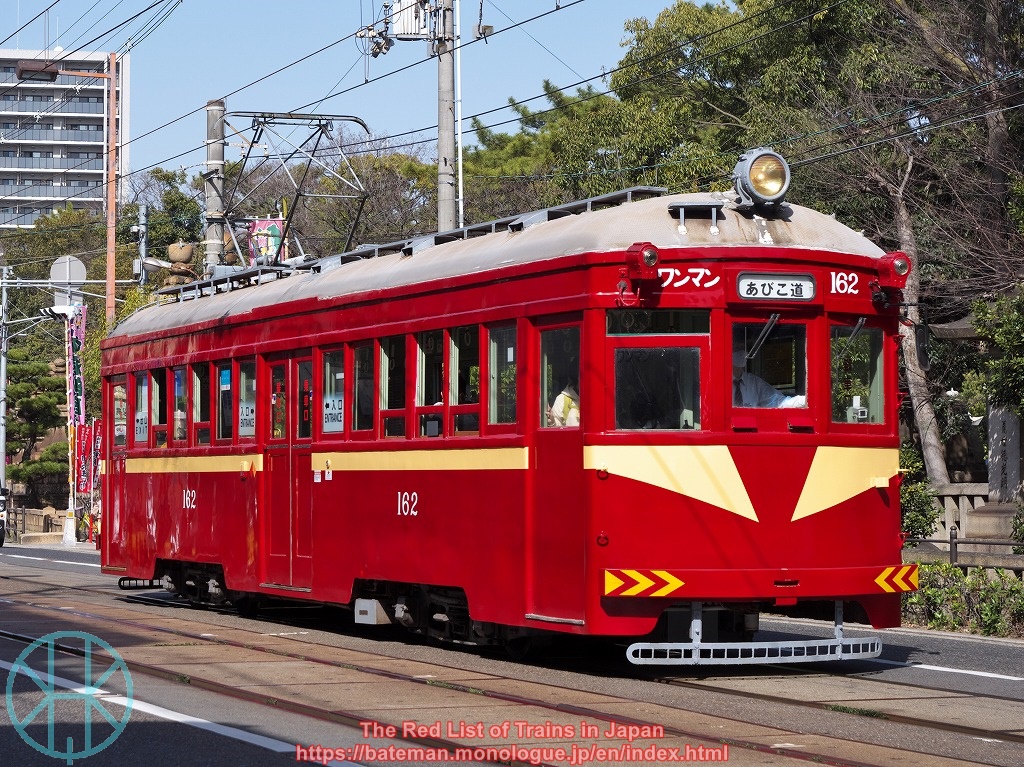On Wednesday 10 May, Keikyu published a detailed document about fare rises that take effect on 1 October. The company announced last month that fares would be raised by 10.8% on average, though long-distance tickets (over 41 km) would be cheaper than today and season ticket prices for students remained unchanged. Keikyu raises fares for the first time in 28 years (except tax hikes), but the company strives to strike a fair balance between tackling inflation and providing reasonable deals for children.
In addition, the company decided to dramatically cut the child rate fares to 75 yen regardless of distance. This price is the minimum child fare, and it will be applied to the entire Keikyu lines except tickets to and from Haneda Airport, which cost 25 more yen (i.e. 100 yen in total). Note that a registered Suica or PASMO card is required.
| Current Price | New Price | |
|---|---|---|
| Shinagawa - Yokohama | ¥151 | ¥75 |
| Yokohama - Yokosuka-chuo | ¥183 | ¥75 |
| Yokohama - Jimmuji | ¥157 | ¥75 |
| Sengakuji - Misakiguchi | ¥471 | ¥75 |
A similar scheme has already been adopted by Odakyu since March 2022, whose child rate fares have been fixed to 50 yen. According to NHK, the company estimated that the fare reduction would lead to income loss of 200 million yen a year, equivalent to 1.65% of Odakyu Group's total profit in the financial year 2022. The company reported that 50% more children used trains than before the reduction, though it must be borne in mind that COVID-19 discouraged children from going out in the previous year.
An employee of Odakyu's planning and development department told NHK that the company envisaged that the fare reduction would encourage families to use trains more even amid the gradual population decline. Parents with small children tend to use a car at weekend, but the new fare scheme seems to have been successful. Not only the company but local governments and business owners have implemented measures to increase the number of visitors.
It is clear that both Keikyu and Odakyu hope that young families settle in the area where the railways serve, so that not only parents but also children will be their long-term customers even after they grow up. Major private railways in Japan do not just have trains but also bus networks, estate agents, department stores and supermarkets. In short, they deal in everything that is necessary for daily life, constituting the whole community. The fare reduction may contribute to those businesses for years or even decades to come.
There are more indirect positive effects. As parents use trains instead of cars, traffic jams and air pollutions will be slightly improved and it will cut carbon emissions. Children of low-income households may be able to go out more frequently than they do today. The railway companies might not have intended to contribute to local and global issues in such ways, but nevertheless the new fare schemes have a potential for new developments even with the ageing society.
As two of eight major private railways in the Greater Tokyo Area reduced the fares for children, other train operators are likely to adopt similar policies within years to compete with Keikyu and Odakyu.
How about railway companies outside Tokyo? Semboku Rapid Railway, a small railway in southern Osaka Prefecture, will fix child fares to 50 yen in October. Since Semboku's reduced fares will not be applied to through-services towards Namba via Nankai lines, children cannot go to the heart of Osaka by 50 yen, but its impact should not be underestimated.




.jpg)

.jpg)
.jpg)














.jpg)
